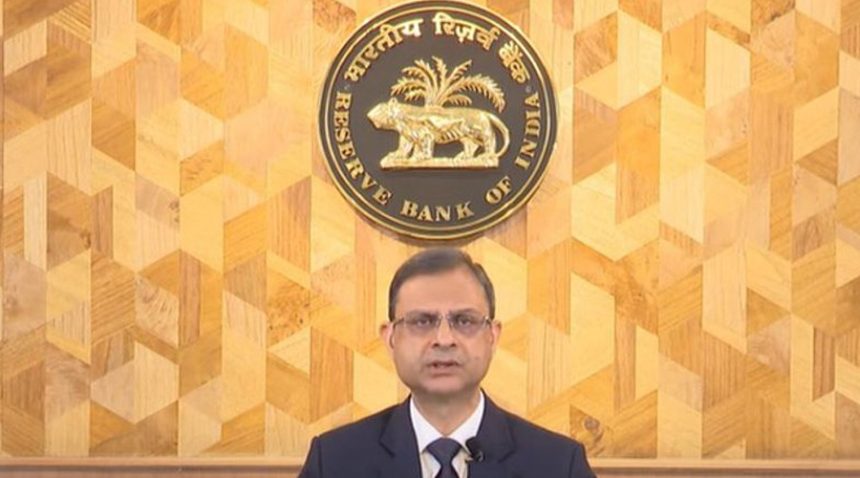RBI Lowers Repo Rate to 6.25% in February 2025, Signals Economic Growth Acceleration
The Reserve Bank of India (RBI) decreased the repo rate to 6.25% through a 25 basis point reduction, marking its first rate cut in five years. The Monetary Policy Committee made this decision shortly after the Indian government implemented tax cuts to stimulate market consumption. The 6.5% repo rate is a key determinant of commercial banks’ borrowing expenses, affecting consumer loans and mortgages.
Economic Impact of the Repo Rate Cut
The MPC cut the repo rate to boost economic growth through lower borrowing expenses. Lower interest rates will encourage businesses and individuals to secure less expensive loans, stimulating spending and investment activities. Sanjay Malhotra, the Governor of RBI, stated that the recent decision follows a flexible policy approach crafted by the central bank to shape macroeconomic conditions. The RBI continues with its “neutral” monetary policy while lowering the repo rate to maintain flexibility in response to changes in economic factors.
The decision demonstrates the ongoing administration strategy to combine inflation stabilization with economic growth preservation. The MPC maintains its mission to regulate inflation targets and support economic recovery after the pandemic. According to Malhotra, the downward inflation trend continues, although risks persist from international trade uncertainties and geopolitical tensions.
RBI’s Inflation and GDP Growth Projections
The Reserve Bank of India predicts 6.7% GDP growth during the fiscal period 2025-26. This projection relies on three key components: external financial balance stability, fiscal consolidation efforts, and private spending stabilization. The RBI recognizes that global economic uncertainties, such as US-China trade tensions and rising US interest rates, affect India’s economy despite current projections.
The RBI forecasts retail inflation will lower to 4.2% over the forthcoming fiscal year. The economic projection relies on predictions of an average monsoon, which would help reduce food costs. The Reserve Bank of India predicts inflation will decrease step by step toward the set target ranges. Monitoring inflation risks remains demanding because external commodity price volatility and other factors create uncertainties.
RBI’s Measures to Address Cybersecurity and Forex Market Volatility
RBI governor Sanjay Malhotra introduced new security protocols to combat digital threats accompanying broad financial service digitalization. The security measures include requiring extra verification steps for foreign online purchases and creating separate online domains that Indian banks can use to boost their digital protection.
The RBI operates on foreign exchange markets by striving for market stability even though it does not set fixed exchange rates. According to Malhotra the RBI prioritizes volatility reduction in the rupee exchange value without attempting to establish a specific exchange rate.






